Google’s Ajay Vidyasagar decodes online video revolution in India
Streaming videos over a comprehensive search engine has never been so popular as it is today. With over 4 billion views per day on videos ranging from ‘fail’ compilations, DIY channels to TEDTalks, and over 400 hours of footage uploaded per minute, YouTube is one of the most successful online video streaming platforms. The growth of such platforms is proving to be a boon for both content creators as well as advertisers.
Delivering his keynote address on ‘The Video Revolution’ at FICCI Frames 2017, Ajay Vidyasagar, Regional Director – Asia Pacific, Google, sought to unmask the growth hackers and winning strategies for both creators and marketers to make the most of online video opportunity, keeping the viewer in focus, growth opportunities and what lies ahead. He also elaborated on the butterfly effect of videos and how they turn into viral content on the platform.
The Butterfly Effect
This is a phenomenon whereby a minute localised change in a complex system can have large effects elsewhere, but in the last decade, online video world has been proving a lot of theories about butterfly effect. He pointed out how the immensely popular song ‘Gangnam Style’ by Korean singer Psy, which consists only three English words, has over 2.79 billion views from across the world. A platform like YouTube enables content creators to gather views and audiences from far and wide outside the boundaries of their native country.
He added that a butterfly moment in the world of video comes every week, but in the last decade we have seen a lot of videos getting millions of views from across the globe. While stating that there was no set formula that determined the virality of a video, Vidyasagar referred to the ‘Charlie Bit My Finger’ video on YouTube, which garnered over 847 million views despite having no videos or superior production values, but just a dad filming a special moment with his kids.
He pointed out that over 400 hours of content had been uploaded from around the world every minute on YouTube so far in 2017, whereas it was just 72 hours uploaded every minute in 2011.
The India Story
According to Vidyasagar, India is one of the most amazing markets in the world of media. Earlier, it was more about television, while internet was just a niche urban phenomenon, however, eight years down the road, connected online video ecosystem will buzz in a manner that we can’t comprehend right now.
He informed that 400 million people accessed the internet every day in India, which means that one in every three people are coming to the internet everyday in this country. Internet is no more just an urban phenomenon, but has become an absolute mainstream media phenomenon. In the case of 9 out of 10 people, an average session of video consumption on YouTube lasts for around 20 minutes. In 2009, 69 million people used internet every month, while the number swelled to 400 million by 2016. Moreover, today 60 per cent of the video consumption comes from rural areas.
Reach and Attention
YouTube has an extraordinary reach with over 1 billion hours of viewership a day, which is 4X the television consumption globally put together. Though the platform continues to grow at 50-60 per cent YoY, from a marketer’s perspective what matters is getting attentive reach, and that is achieved by ‘Viewability’ and ‘Audibility’, Vidyasagar noted.
He further stated that YouTube, with 93 per cent Viewability, aims to deliver the advertiser’s message to the consumers and eliminate wastage to ensure they don’t lose money. So, an advertiser is paid only when a consumer chooses to view his ad and not skip it. An advertisement will only work when the power of sight, sound and motion come together. YouTube has an impressive score of 95 per cent Audibility, claimed Vidyasagar, so when a consumer hears an advertisement rather than skipping it, the attentive reach helps in eliminating wastage while advertising on the platform.
The Video Revolution
Video has been revolutionised significantly over the years and YouTube’s property – FanFest – is shaping the way consumers engage with content creators. The level of excitement people have for YouTube content creators when they are on stage is very similar to what it was for the Beatles in their time, noted Vidyasagar. This engagement is happening not just in a stadium or a living room, but also on connected smartphones, he concluded.




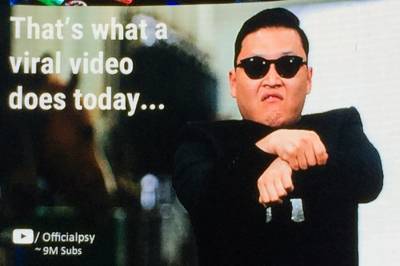
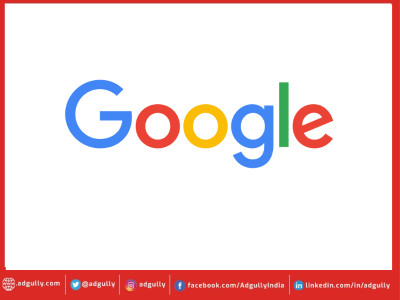

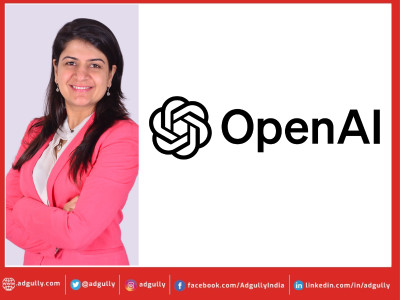

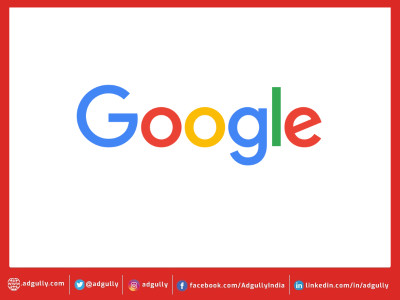
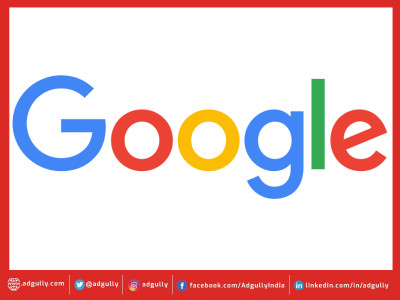
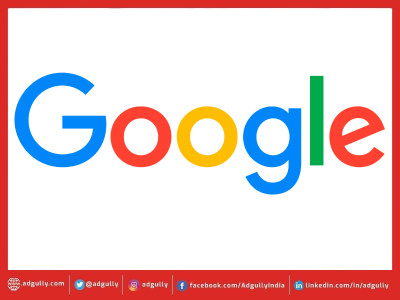
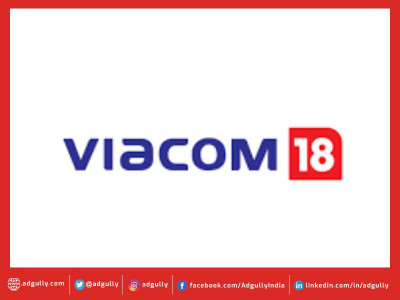
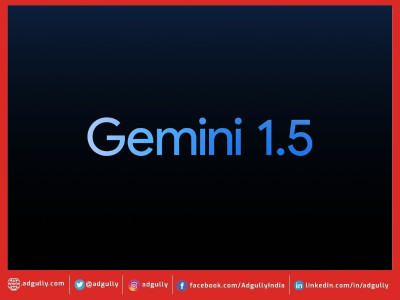


Share
Facebook
YouTube
Tweet
Twitter
LinkedIn